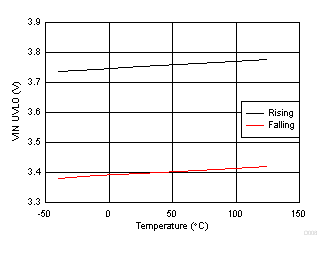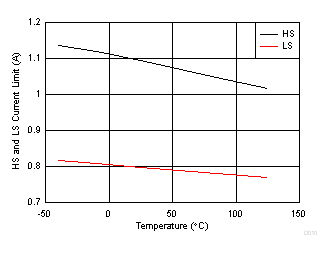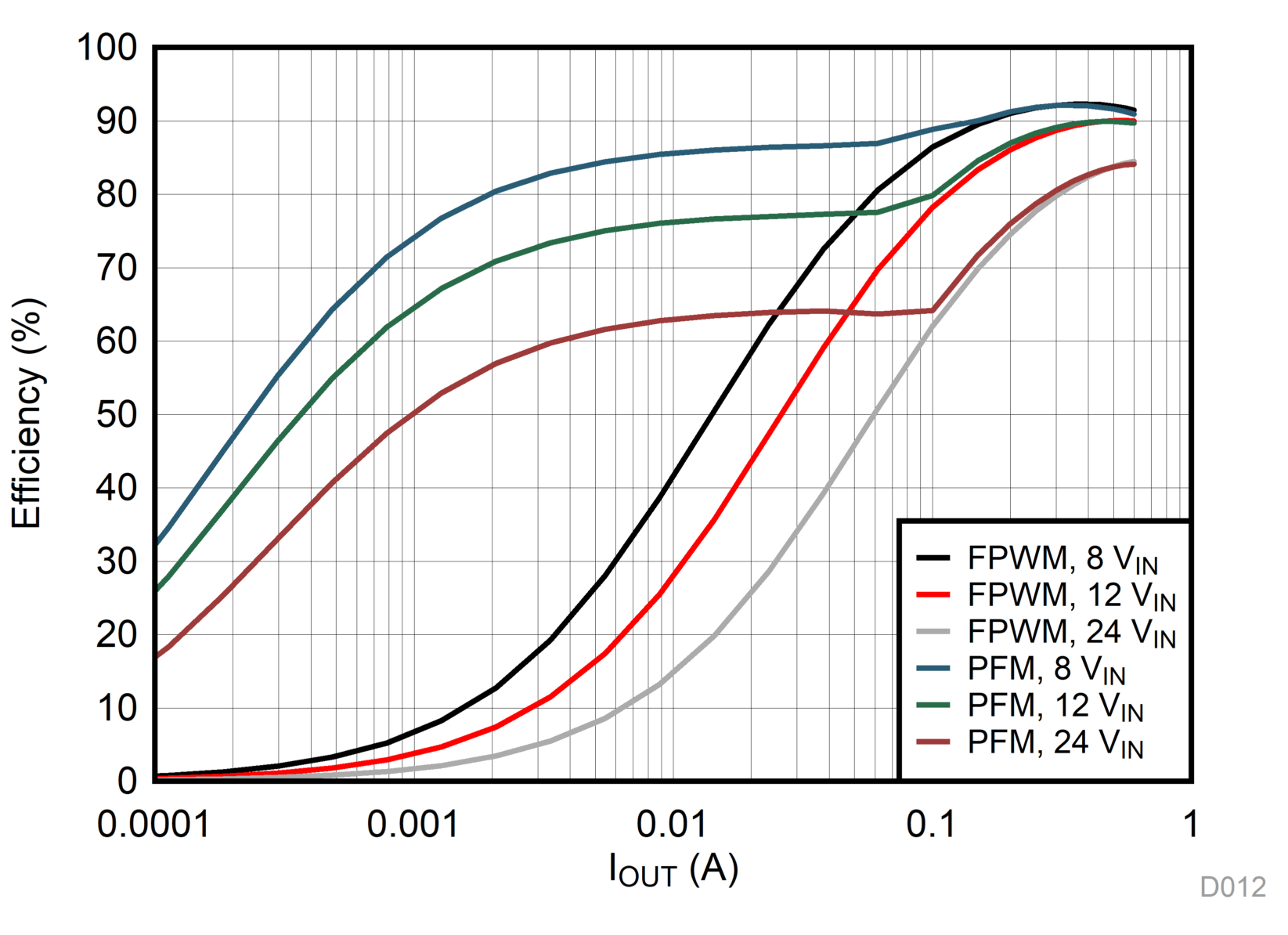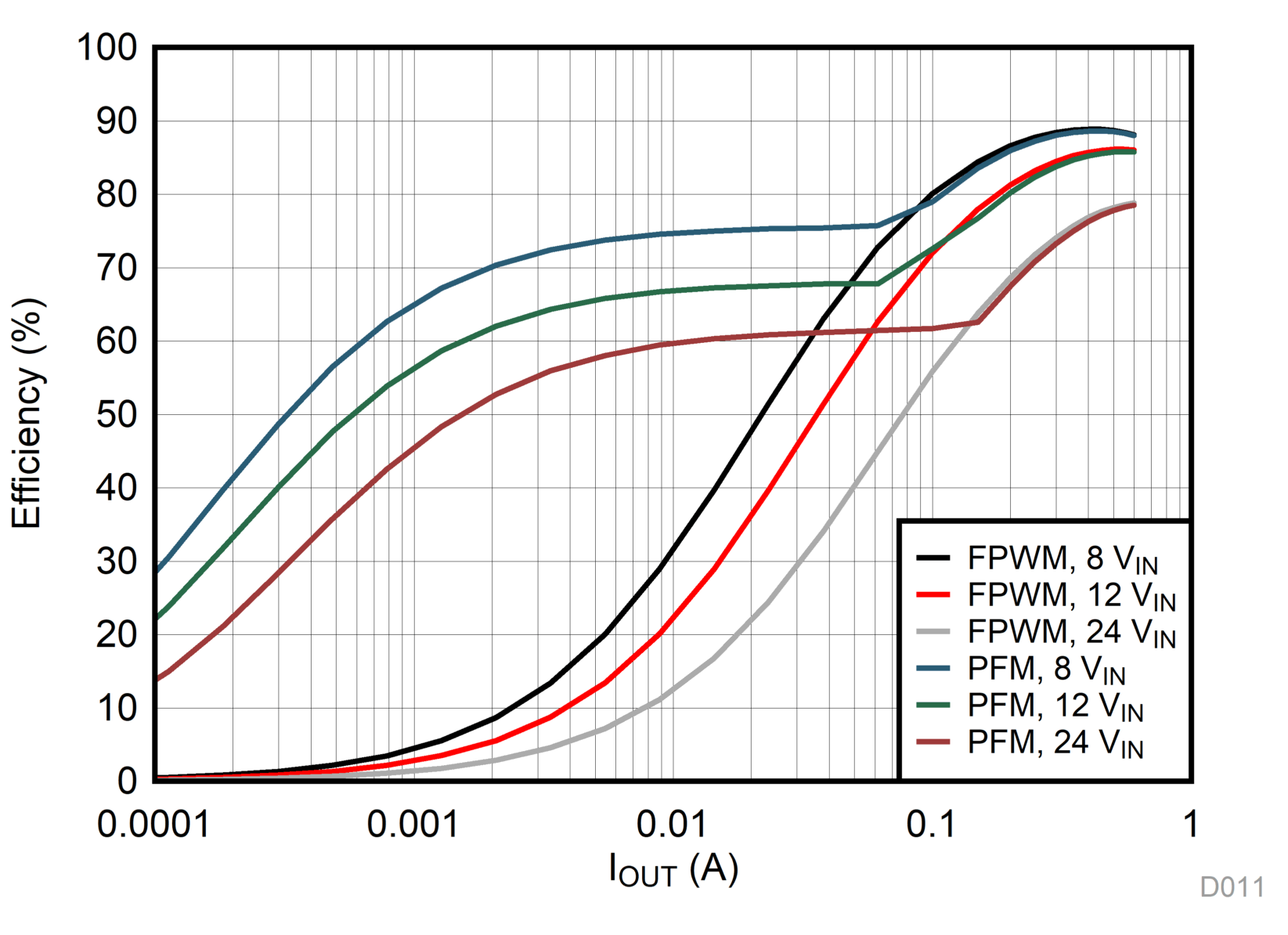SLVSE22B September 2017 – June 2018 TPS560430
UNLESS OTHERWISE NOTED, this document contains PRODUCTION DATA.
- 1 Features
- 2 Applications
- 3 Description
- 4 Revision History
- 5 Device Comparison Table
- 6 Pin Configuration and Functions
- 7 Specifications
- 8 Detailed Description
- 9 Application and Implementation
- 10Power Supply Recommendations
- 11Layout
- 12Device and Documentation Support
- 13Mechanical, Packaging, and Orderable Information
Package Options
Refer to the PDF data sheet for device specific package drawings
Mechanical Data (Package|Pins)
- DBV|6
Thermal pad, mechanical data (Package|Pins)
Orderable Information
7.8 Typical Characteristics
VIN = 12 V, fSW = 1.1 MHz, TA = 25°C, unless otherwise specified.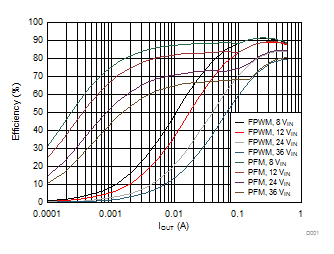
| fSW = 1.1 MHz | VOUT = 3.3 V | |
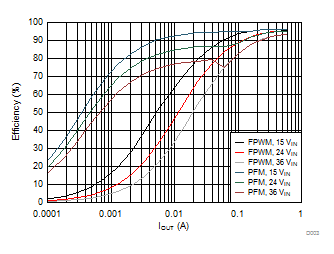
| fSW = 1.1 MHz | VOUT = 12 V | |
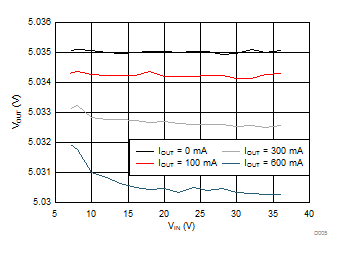
| fSW = 1.1 MHz | VOUT = 5 V | FPWM version |
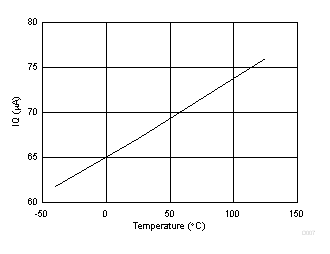
| VFB = 1.1 V | PFM verison | |
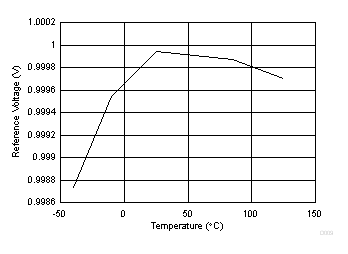
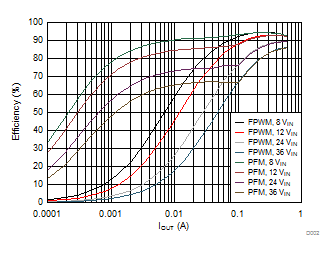
| fSW = 1.1 MHz | VOUT = 5 V | |
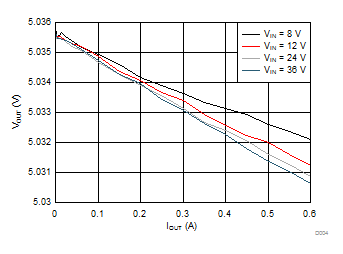
| fSW = 1.1 MHz | VOUT = 5 V | FPWM version |
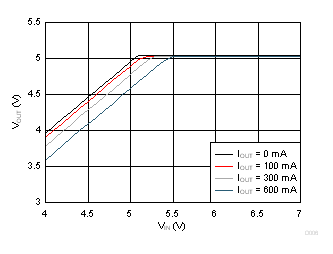
| fSW = 1.1 MHz | VOUT = 5 V | FPWM version |
